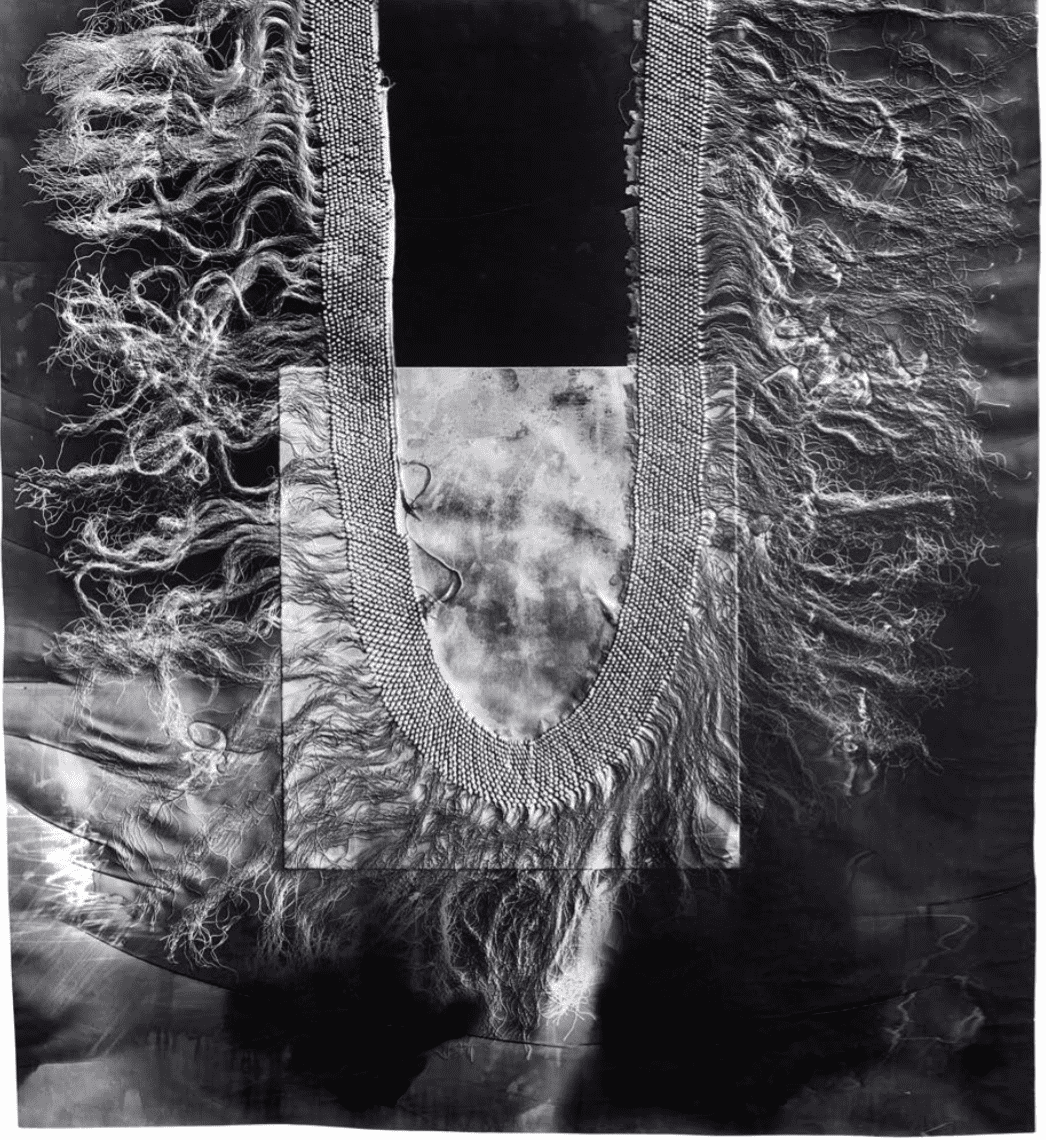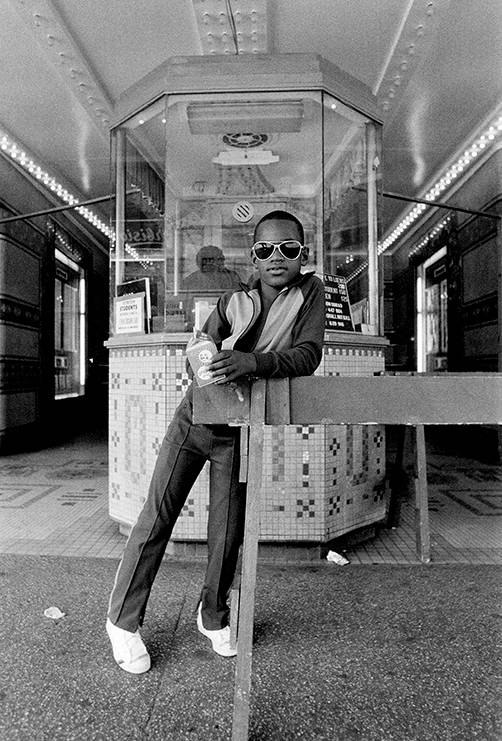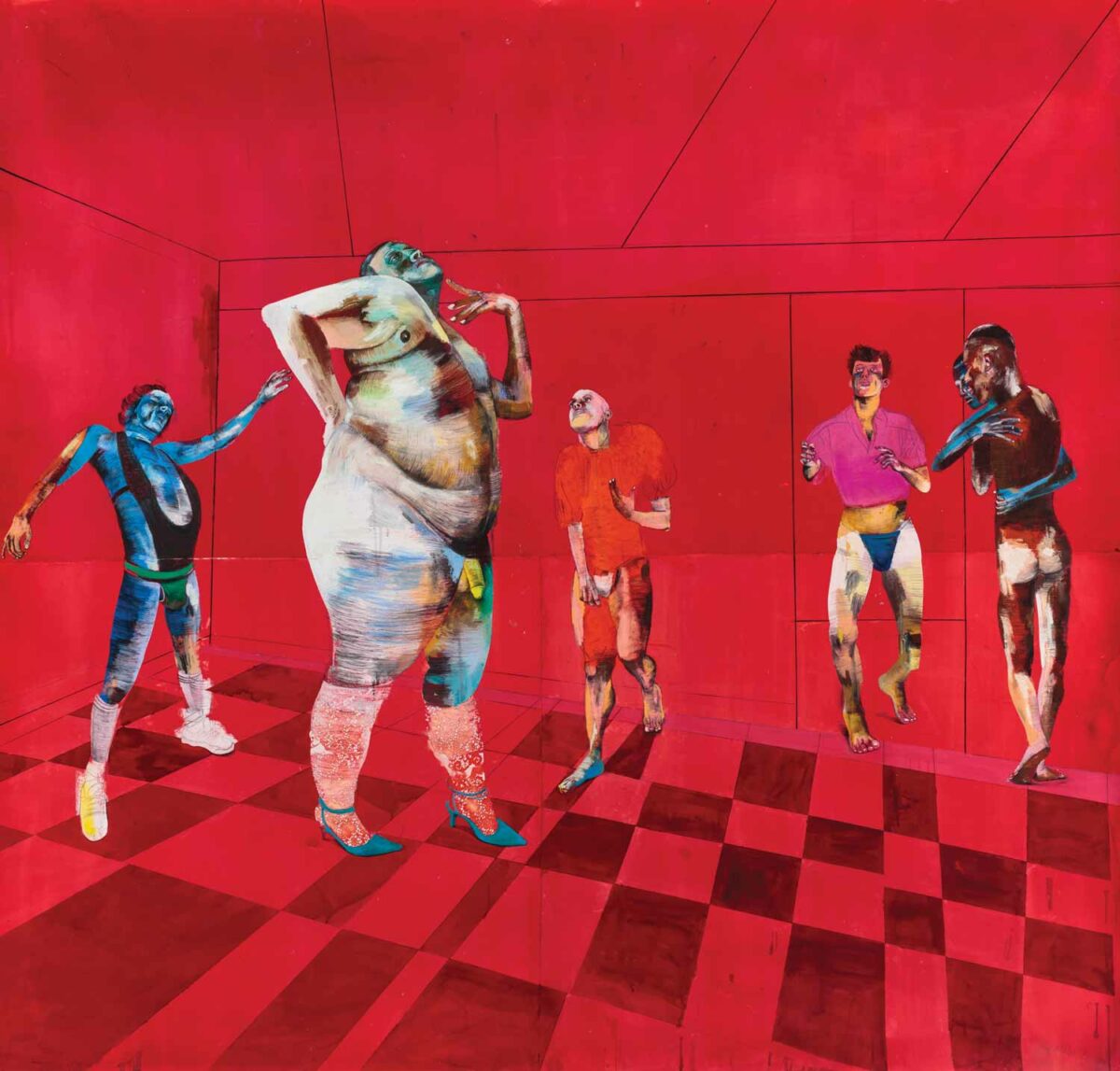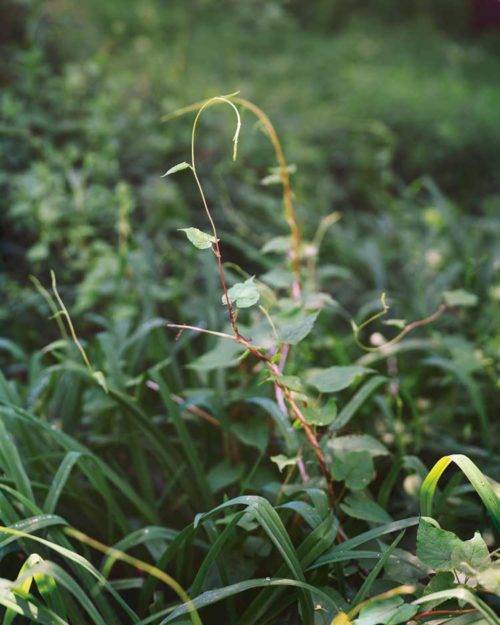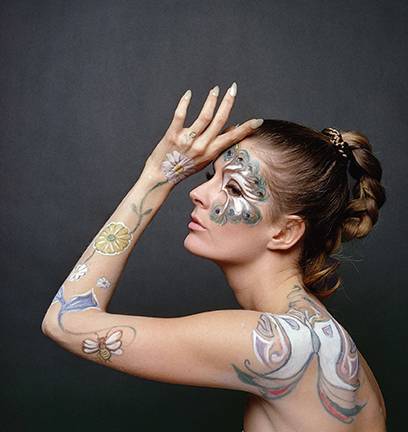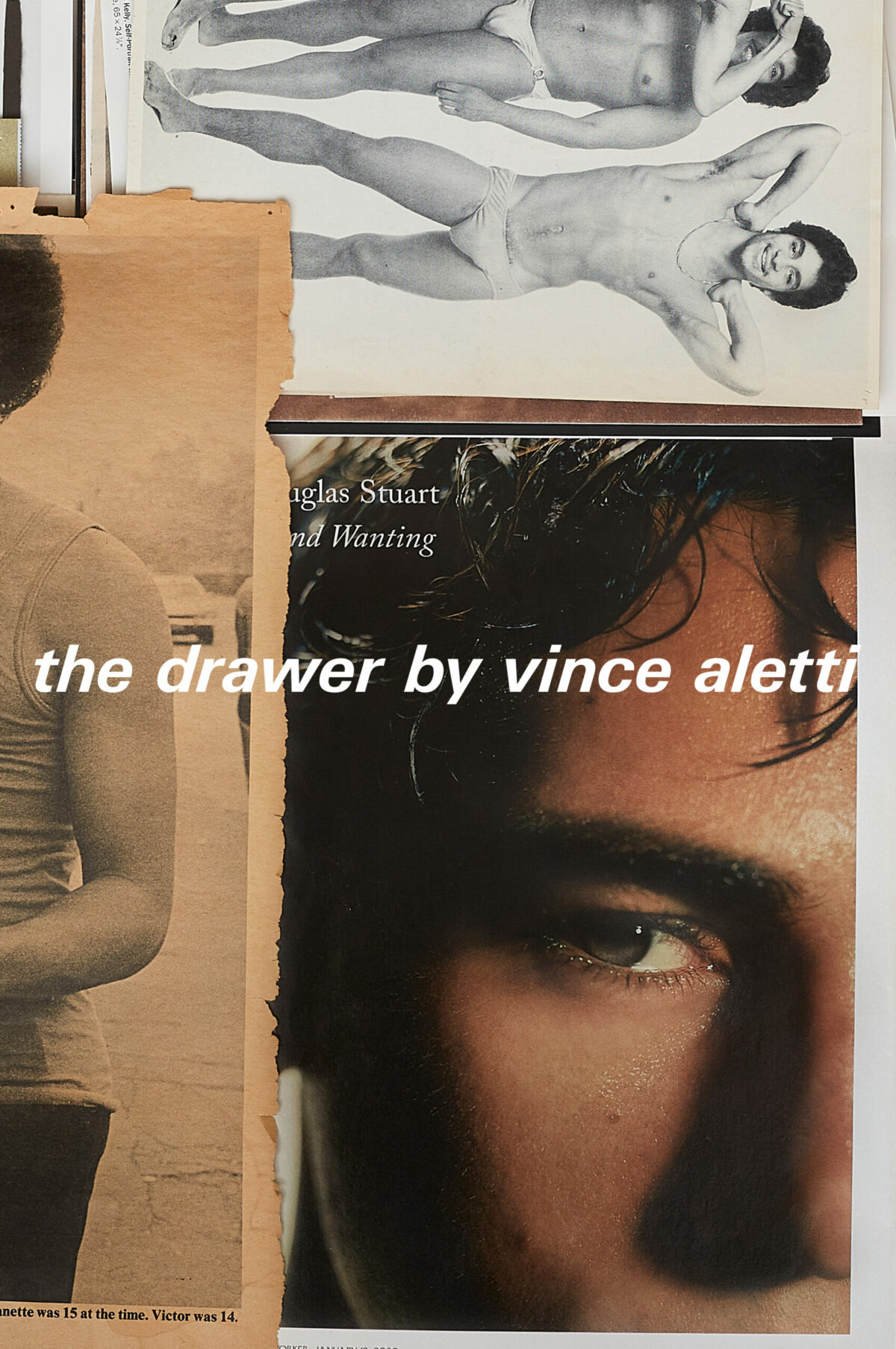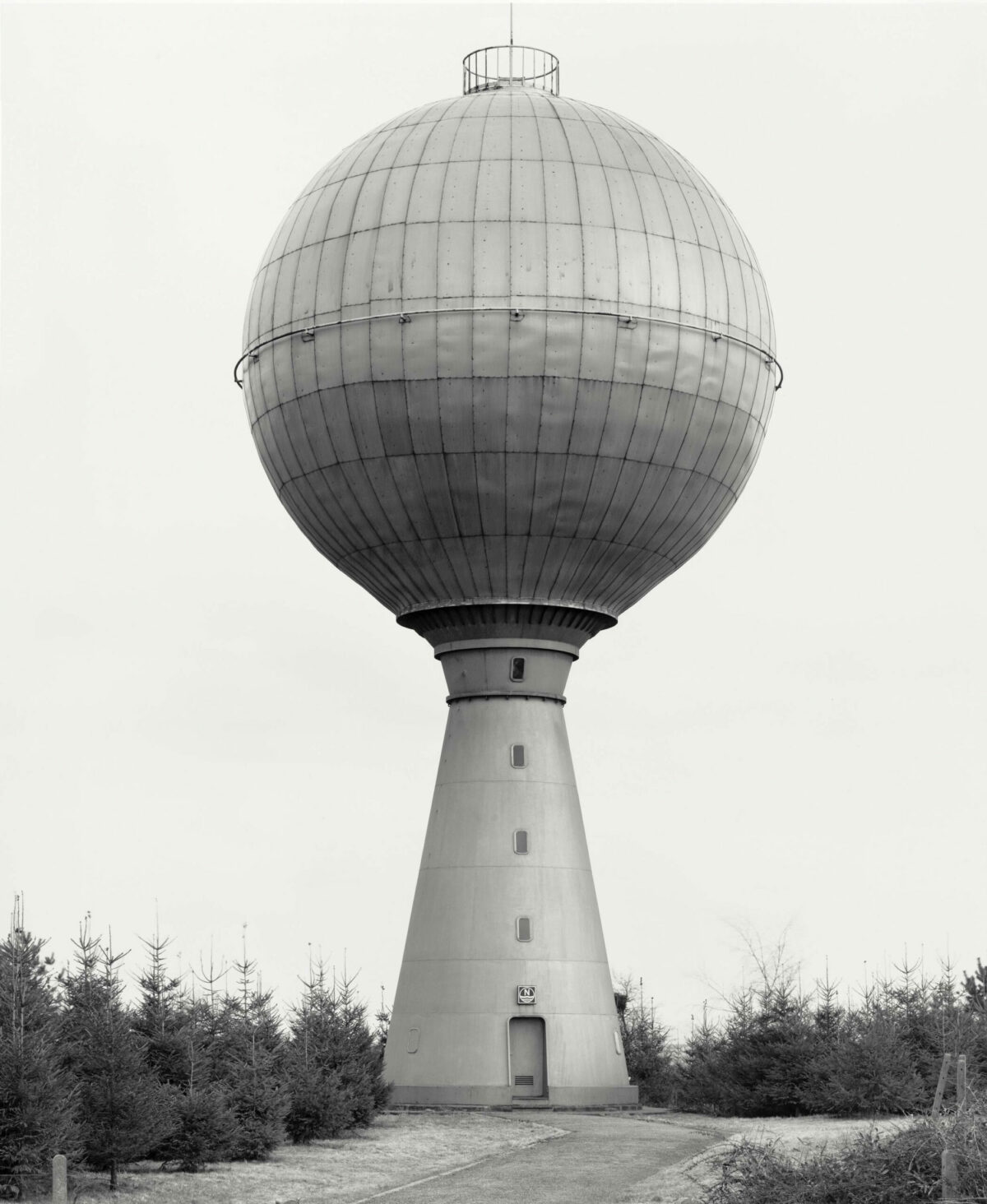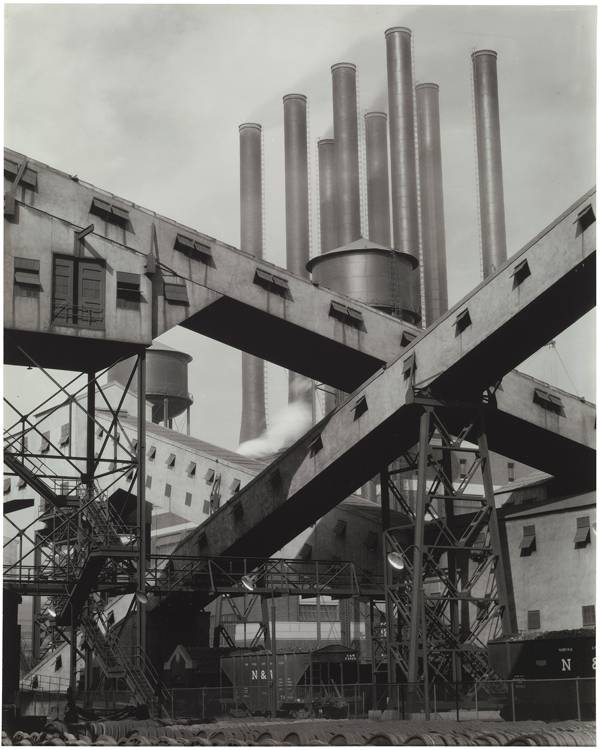

We asked Michael Kenna to tell us about a picture that meant something to him, and why. Kenna’s book, ROUGE, containing 100 photographs of the River Rouge Plant, will be published this fall by Prestel/Random House. Michael Kenna: New Work will be on view at the Catherine Edelman Gallery July 8 to September 2 and a retrospective of his work will be at photo-eye Gallery July 29 to September 10.
Much has been written about Charles Sheeler’s magnificent Criss-Crossed Conveyors, River Rouge Plant, Ford Motor Company, 1927. Originally, Sheeler was commissioned by an advertising company to photograph the River Rouge Plant, and he made many photographs and paintings there in his typical precisionist style. However, in terms of composition and atmospheric content, this photograph is regarded as his masterpiece.
During my own career, I have often made pilgrimages to sites where other photographers have worked, and in 1992 I went to the River Rouge Plant both to pay homage to Sheeler’s work and to seek out his points of view. The Rouge, as it is now named, is an enormous industrial complex spread out over miles. To my amazement, the power plant stacks and criss-cross conveyors he photographed in 1927 still existed. My admiration for Sheeler’s images increased dramatically as I saw first-hand how he had found order and balance in the midst of what felt to me like industrial chaos.
Increasingly fascinated by the Rouge, I spent many freezing winter days and nights photographing there. Parts of the Rouge were active, with moving cranes, trains, and enormous containers of molten steel and slag. Other areas were disused and quiet, rusting and decaying, with vegetation growing in and around long abandoned machinery. During the next four years, I constantly returned to study the same chimneys and conveyors that Sheeler himself photographed over half a century before. He set the aesthetic bar extremely high and his photograph remains an artistic inspiration I continue to learn from and aspire to.

